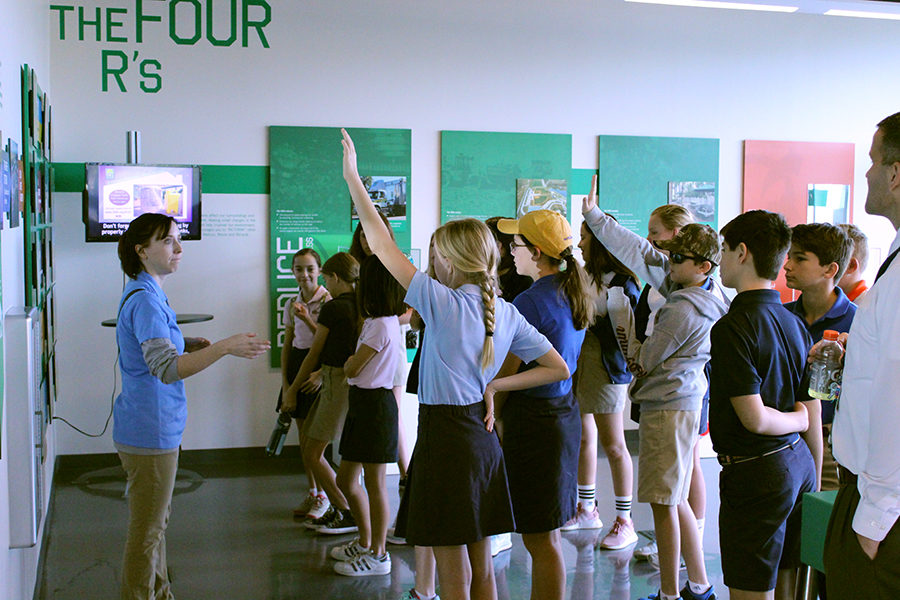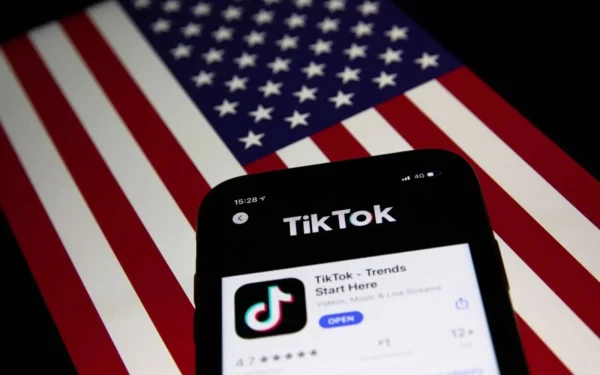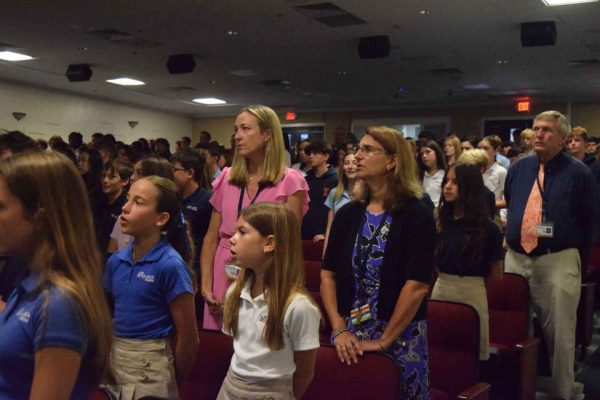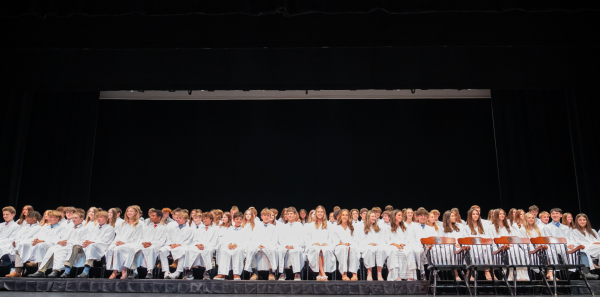Students Get to See SWA
The sixth-grade field trip to the Solid Waste Authority illustrates the intricacies of waste disposal and recycling.
One of the SWA educational tour guides asks the sixth graders a question in the corner of education center that emphasizes the Four Rs” “reduce, reuse, recycle, and recover.”
This year, the sixth grade took a trip to Disney World! Well, okay, the Disney World of dumps, that is. On January 25, 2018 the sixth grade went to the the Solid Waste Authority facility in West Palm Beach. Established in 1975, the Solid Waste Authority (SWA) is a state-run government agency “providing an economical and environmentally conscious Integrated Solid Waste Management System for Palm Beach County, Florida,” according to its website (https://www.swa.org). The SWA currently provides the 1.4 million Palm Beach County residences and businesses with solid waste disposal and recycling services.
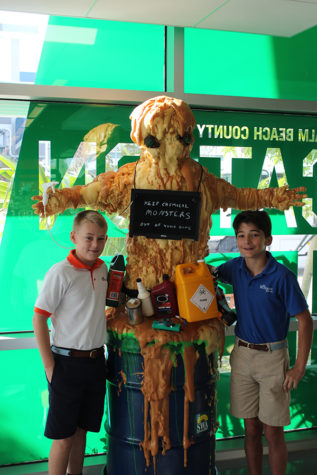
Sixth graders Matthew McMahon (left) and Robert Letsche stand next to the “Chemical Monster” which reminds visitors to keep noxious chemicals out of their homes and the environment.
The field trip is part of the students’ science unit about environmental conservation and Florida’s ecosystem, and, according to sixth-grade science teacher Mrs. Mandy Sukhu, has been an annual TBS tradition for “at least the last 10 years.”
“We’re learning about land use and waste disposal,” said Sukhu, “So going there and actually seeing it and learning about it from the source is the best thing I think we could do.” “They wanted students to see the recycling plant and see what happens.”
One of the SWA’s most valuable technologies is their new renewable energy facility which opened in 2015. “Renewable Energy Facility 2 (REF 2) is the cleanest, most advanced facility of its kind ever built, and certainly the cleanest solid waste disposal facility in the nation,” according to the SWA website. The SWA claims that the facility “processes 3,000 tons of material per day, or 1 million tons of material per year.”
However, REF 2 reduces the amount of waste going to SWA’s landfill by up to 98 percent, ensuring that SWA’s landfill will last until about 2045. In addition, the facility generates 100 megawatts of electricity for the people in Palm Beach County. According the the SWA website, that’s enough electricity to power an estimated 44,000 homes and businesses, or about all the homes in Boca Raton. How does it do it?
Both the REF 1 (opened in 1989) and REF 2 facilities turn garbage into electricity by boiling it. The refuse is sorted into burnable and unburnable waste. The burnable waste is fed into large boilers via conveyors which produces a tremendous amount of steam. That steam, in turn, drives a turbine generator to make electricity. The chemicals released by the boiling are cleaned using benign chemicals, carbon spray, and a lime slurry so those fumes and harmful particles are not released into the air. Any ash or non-burnable material left over is placed in the nearby landfill.
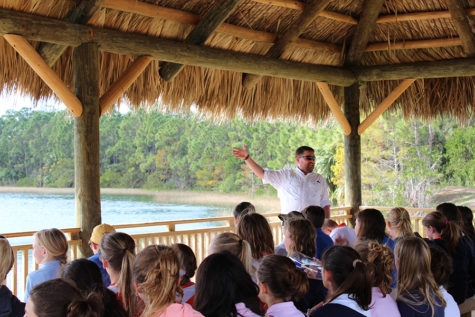
SWA Educational Specialist Mr. Brian Elkins talks to the students about the ecosystem of the surrounding natural waterways on the SWA grounds.
The SWA also has a materials recycling facility, a biosolids processing facility, seven household hazardous waste collection facilities, and a network of six transfer stations.
For many students, the trip was a great learning experience and really highlighted their curriculum about environmental conservation and Florida’s ecosystem.
“The [SWA] is not just a bump at all, it’s very interesting because of all the unique experiences, like the tour of their new facility, and they also showed us their new technologies that the SWA provided,” said sixth grader J.P. Jacobs
“We learned a lot about recycling and we walked the trails, we also saw an alligator,” said sixth grader Joey Tomassetti, referring to the nature trails around the facility the students explored during their visit. “I learned recycling has a big impact, and if we all do our part, the world will be a better place,” he said.
